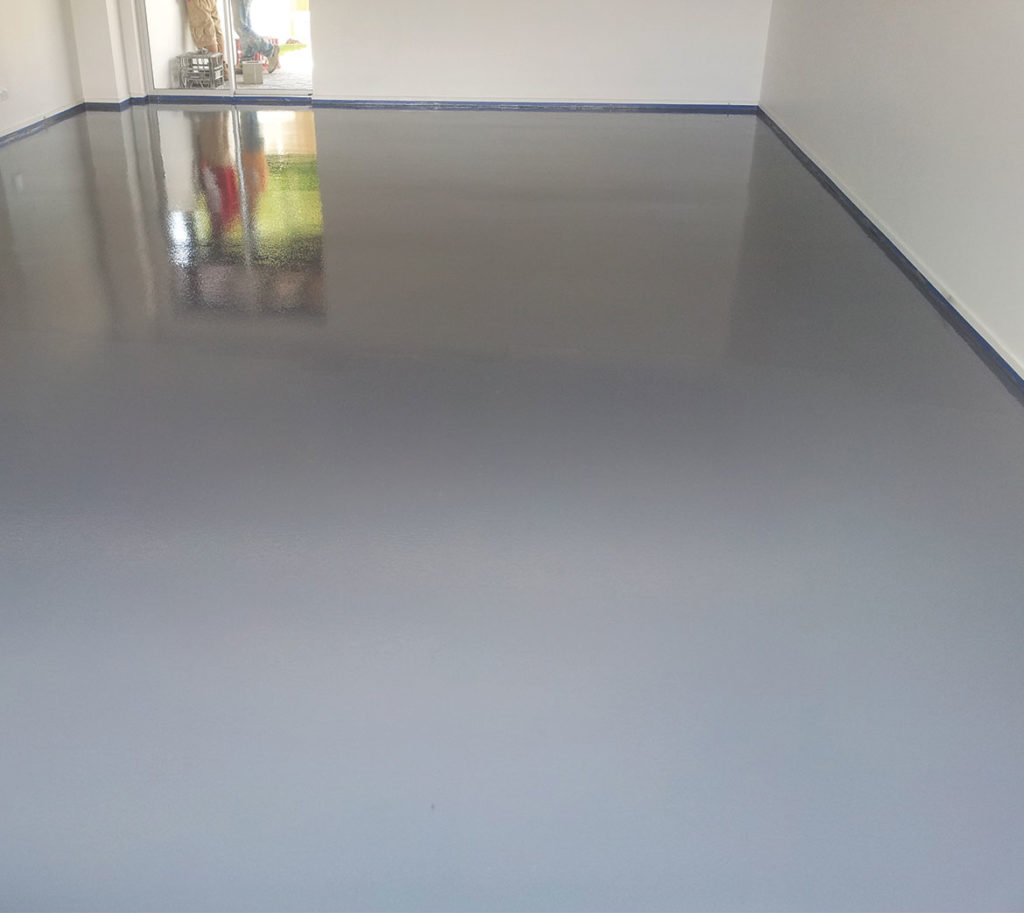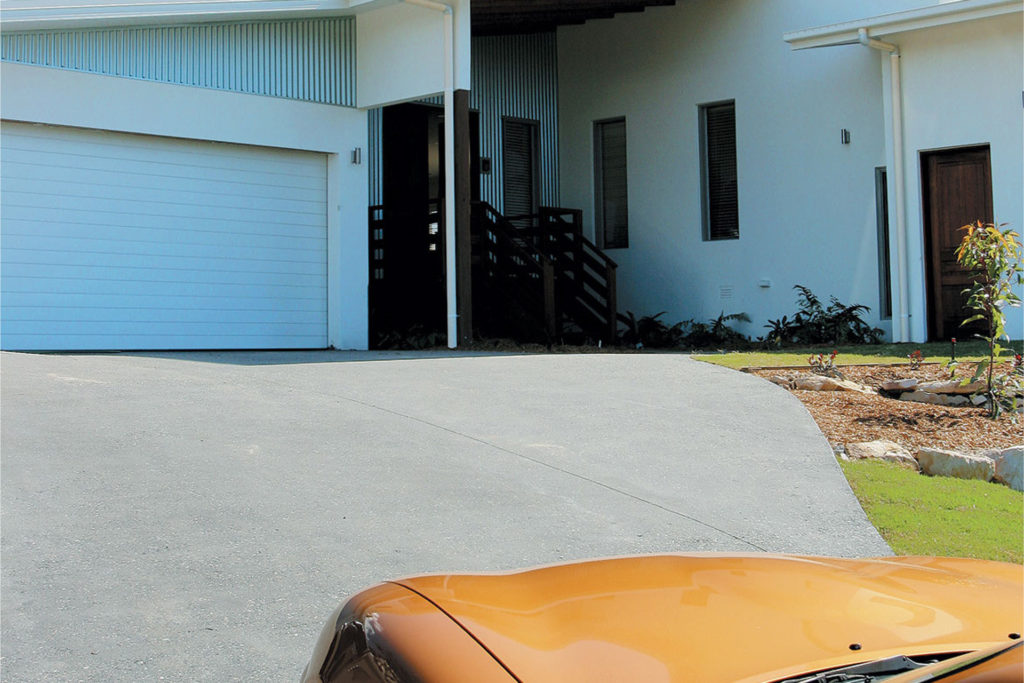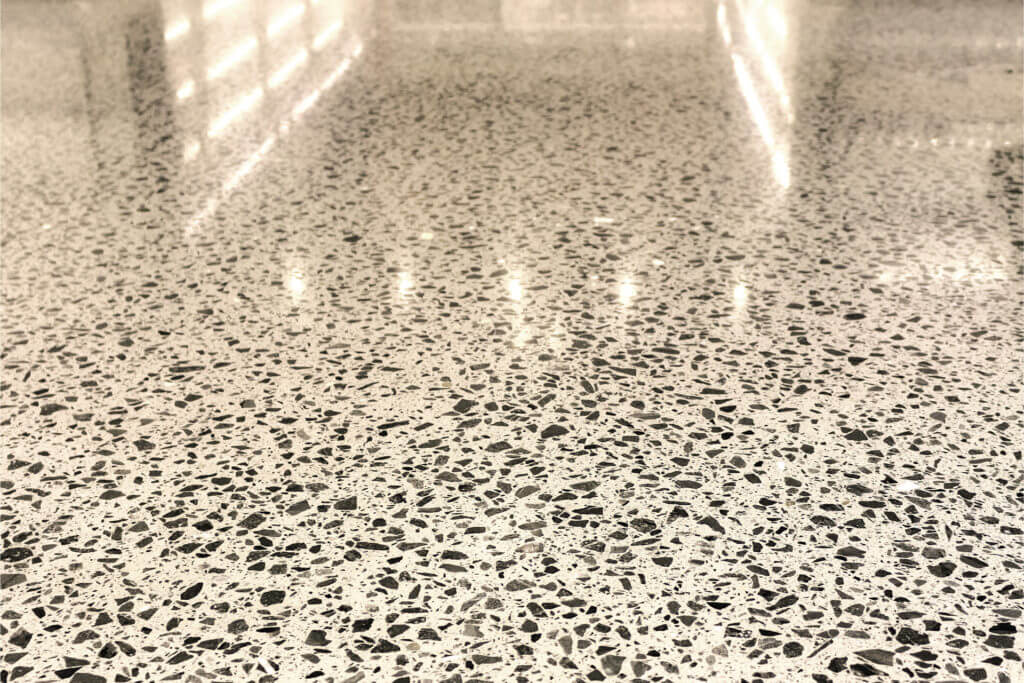The refusal of coatings is both an annoying and costly issue, usually caused by contaminants that cannot be seen and that aren’t obvious. These contaminants can be on the substrate being coated or on the previously laid coat.
Understanding The Cause
The usual cause of refusal can be contaminated cleaning or application equipment, cleaning chemicals, curing compounds, aerosol products, silicon, solvent, polymer, oil, and wax. Regarding equipment, it is really worthwhile to cost out certain items for each job to ensure that new uncontaminated pieces are used on the project to help prevent cross-contamination. It’s not worth cleaning and reusing items that only cost a few dollars and placing the whole job at risk.
Hence it is extremely important that many questions are asked prior to applying a coating and that the preparation process is thorough. This is particularly important on new builds where various products are used in the fitting of windows, doors and other interior items. Likewise, it is critical that cleaning or application equipment is cleaned down prior to using on any project to ensure nothing unexpected ends up on the surface. This takes little time however will make a big difference.
The issue with coating rejection is that it is difficult to see that it’s occurring until the carrier, whether that be solvent or water, commences drying up and the product starts pulling back on the surface. This may take hours depending on the product type and climate.
Understanding what the contaminants may be on each project is a key component to the success of each job. Once they are understood, a plan can be put into action to remove them and ensure that the surface to be coated is free from anything that may cause rejection. If there is no product rejection at the time of application, there could still be a lot of contaminants in existence that may cause the coating to lift off some time in the future. This is another reason to prepare the surface thoroughly.
How to overcome coating rejections
In some cases, if time permits and particularly on new builds, it may pay to lay a small amount of the coating to be used in an inconspicuous area and inspect it as it dries to see whether any rejection is taking place. If there is rejection, you can take steps to correct the issue before coating the entire surface.
The best way to ensure a successful job is to:
- Inspect
- Look around thoroughly, not just at the floor surface but also the environment and surroundings.
- Question
- The more information you get the better and more prepared you can be. Example questions: has silicon been used when the windows were fitted? Was a curing compound used on the floor?
- Prepare
- With all the information about the project you can make an informed decision on the preparation steps and if necessary, lay a test patch.






